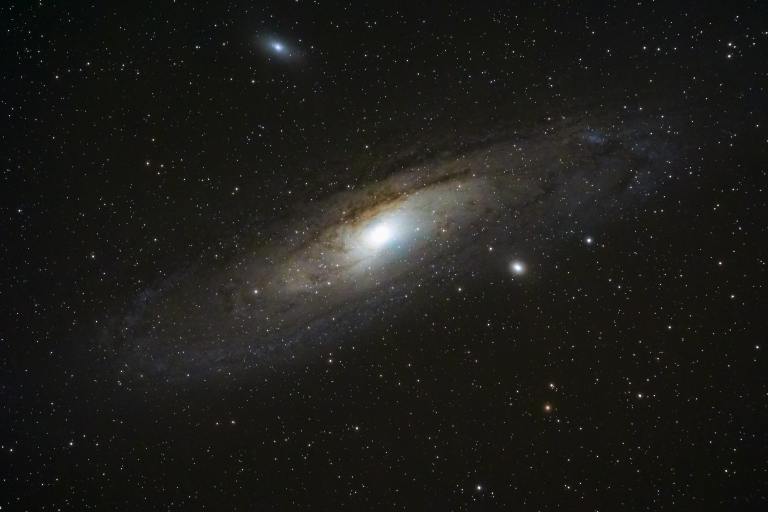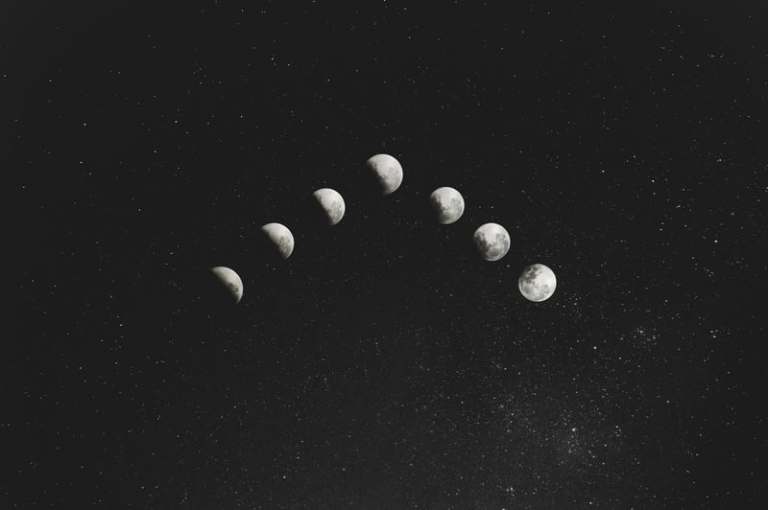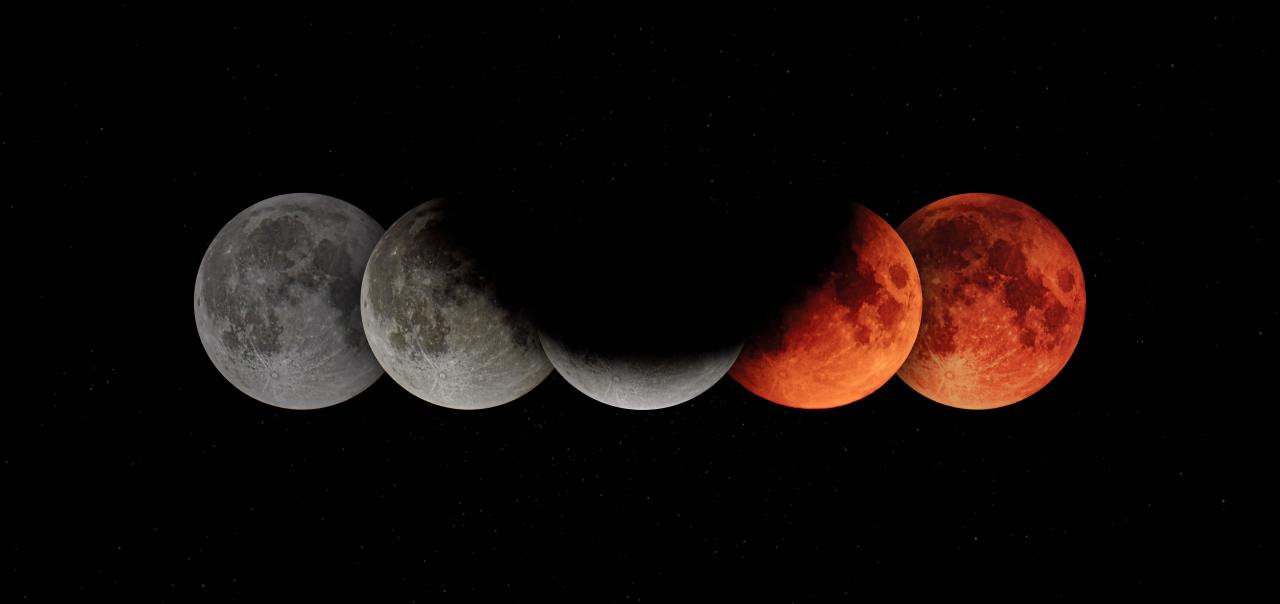
What to Know About Each Astrology Aspect / Conjunction Astrology
Your natal chart is filled with important information like your astrology aspect and planetary aspects. If you're not sure what those terms mean, that's okay!
You probably know your zodiac sign, but you might not know the rest of your natal chart. However, it is filled with important information like your astrology aspect and planetary aspects. If you’re not sure what those terms mean, that’s okay! Here is everything you need to know about astrological aspects:
What is each astrology aspect?
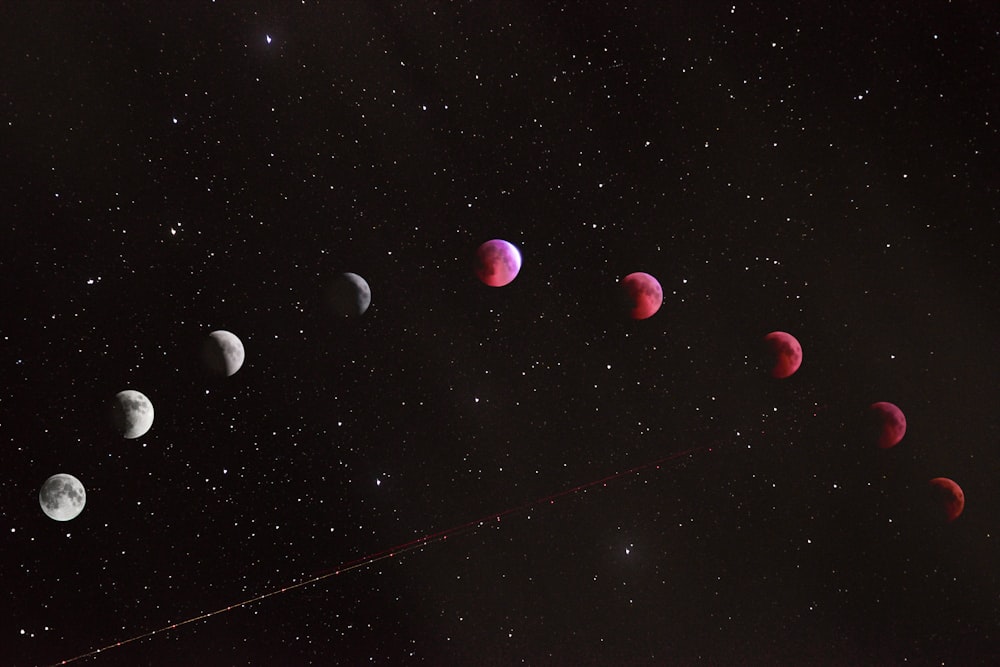
In astrology, planets and celestial bodies are incredibly important. The position of the sun and moon play an important role in your personality. So do the rest of the planets in your birth chart.
An aspect is an angle the planets make to each other in the horoscope. It also refers to the angle of the ascendant, midheaven, descendant, lower midheaven, and other points of astrological interest.
These aspects are measured by the angular distance in degrees and minutes of ecliptic longitude between two points, as viewed from Earth. To put it simply, an aspect is about angular relationships.
Astrological aspects can be viewed in a birth chart. In order to create your own natal chart, you can use an astrology website. Type in your birth date, birth time, and location of your birth. Then your chart will be created for you. You will be able to see each major and minor aspect in your chart.
Although it’s possible for you to examine your chart on your own, you might want a professional to look it over for you. They understand what each aspect means and will be able to provide you details you might miss on your own.
What are strong aspects in astrology?

An aspect connects the affairs of one planet, its sign, and house, with the affairs of another planet, its sign, and house. The closer an aspect is, the more unconscious the habit is. You might not even realize that it’s something you do because it comes so naturally to you.
Although all the major aspects are important, conjections are the most powerful aspect in astrology. This is because they mutually intensify the effects of the planets involved. That’s why you should pay special attention to what your conjections tell you. The information is precious and can tell you a lot about your inner self.
What are the Major Aspects?

There are five major aspects. They are the conjunction aspect, the sextile aspect, the square aspect, the trine aspect, and the opposition aspect. Each of these aspects have different meanings, so make sure you learn the differences before you take a look at your birth chart. Here is a list of the major aspects and what they represent:
The Conjunction – 0 degrees

Two or more planets that form a conjunction represent energies that are united or blended. They work together instead of standing alone. However, the closer they are to the conjunction, the more subjective the energies are. Conjunctions are focused people who have trouble seeing the other side and have an easy time losing perspective.
If there is a lack of conjunctions in a chart, it means you are scattered and flexible. Some conjunctions are easy. However, others are more difficult, depending upon the planets and signs involved. Overall, conjunction astrology is important to pay attention to if you’re examining your birth chart.
The Sextile – 60 degrees

This aspect occurs when two planets or other points in a chart are 60 degrees apart. Sextiles represent communicative and relationship aspects. They have energies that are capable of being directed. Sextiles are communicative, expressive, and creative.
If there is a lack of textiles in a chart, it means you are inclined to avoid creative pursuits and lack expression.
The Square – 90 degrees

This aspect occurs when two planets or other points in a chart are 90 degrees apart. This aspect creates tension between the planets. Although tension can be a positive thing and stimulate action, it can also cause stress. Squares are crisis-oriented people who are motivated, energetic, and take action.
If there is a lack of squares in a chart, it means you lack motivation and take the easy way out. The Sun, Mercury, and Venus never form a square because they are never 90 degrees apart.
The Trine – 120 degrees

This aspect occurs when two planets or other points in a chart are 120 degrees apart. Trines are accepting. They represent natural, unconscious talents. Trines are talented, comfortable, and complacent.
If there is a lack of trines in a chart, it means you are conflict-oriented and driven. The Sun, Mercury, and Venus can never form a trine because they are never 120 degrees apart.
The Opposition – 180 degrees

This is the 180 degree aspect. Oppositions represent divided loyalties. They are associated with uncertainty, insecurity, and discontent. Oppositions are insightful and seek growth through relationships.
If there is a lack of oppositions in a chart, it means you’re self-reliant, subjected, and aren’t concerned with growing through relationships.
Minor Aspects

The minor aspects are the semi-square, semi-sextile, quincunx or inconjunct, and sesquiquadrate. They can provide plenty of information about your personality, just like the major aspects. Here is everything you need to know about the minor aspects in astrology:
The Quincunx or Inconjunct Aspect
This aspect links planets that are 150 degrees apart. They involve two signs that are in two different elements. This means they have nothing in common. This is considered one of the hard aspects because it brings about challenges and character building. If a birth chart has more than two of this aspect, they are incredibly determined.
The Semi-Sextile Aspect
This minor aspect involves planets separated by 30 degrees. These planets have little in common. They are uncomfortable and have trouble working together.
The Semi-Square Aspect
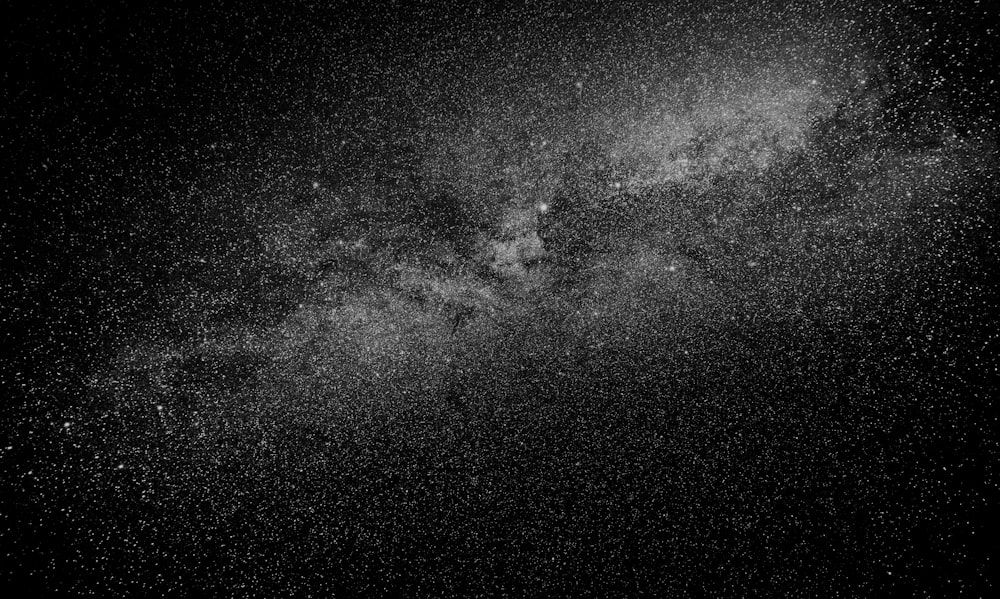
This aspect has planets that are separated by 45 degrees. This aspect can cause tension and create self-doubt.
The Sesquisquare Aspect
This minor aspect involves planets or points that are 135 degrees apart. These planets needle, push, and annoy each other.
What are the aspect patterns?

Aspect patterns are shapes formed by several planetary aspects in a horoscope. The most common aspect pattern is called a t-square. This is when two planets form a square to a third, and are also joined to one another by an opposition.
Other aspect figures are the grand cross, grand sextile, grand trine, kite, mystic rectangle, Thor’s Hammer, and Yod. Here is what they each look like:
Grand Cross
The Grand Cross usually connects four cardinal, fixed, or mutable signs. It consists of two t-squares.
Grand Sextile
This is a rare aspect figure. It consists of six planets at angles of 60 degrees. They form a hexagram shape.
Grand trine
This is an aspect figure where three planets are situated at angles of 120 degrees. They form an equilateral triangle, which usually connects three signs in the same element.
Kite

This aspect figure consists of three connected trines, which form a triangle. However, they are joined by other aspects. Two of the planets form sextiles to another planet which in turn forms an opposition to the third planet in the grand trine. The planet that forms the two sextiles is the point of focus of this aspect figure.
Mystic rectangle
This aspect figure consists of two pairs of planets forming two oppositions.
Thor’s Hammer
This aspect figure consists of two planets squaring one another. Both of them form sesquisquare aspects to a third planet.
Yod
This is when one planet is linked by two quincunxes to two planets which in turn are linked by a sextile.
Orbs Of Influence

Orbs of influence represent the range of degrees before and after the exact aspect in which the effect of the aspect is thought to extend to. The fewer degrees in the aspect, the smaller the orb. Here is some more information on the orbs of influence:
Conjunction: 0 – 10° (waxing or waning)
Opposition: 0 – 10° (waxing or waning)
Trine: 0 – 8° (waxing or waning)
Square: 0 – 8° (waxing or waning)
Sextile: 0 – 5° (waxing or waning)
Quincunx: 0 -2° (waxing or waning)
Semi-sextile: 0 – 1° (waxing or waning)
Semi-square: 0 – 2° (waxing or waning)
Sesquisquare: 0 – 2° (waxing or waning)
Why Astrology Matters:

Remember, it’s important to examine more than your sun and moon zodiac signs on your birth chart. Your major and minor aspects can teach you a lot about your personality. Pay attention to each planet–Mars, Jupiter, Saturn, Pluto, Neptune, Venus, and Earth–and their positioning because they can each tell you important aspects about your nature. Astrology can help you grow into an even wiser person.
